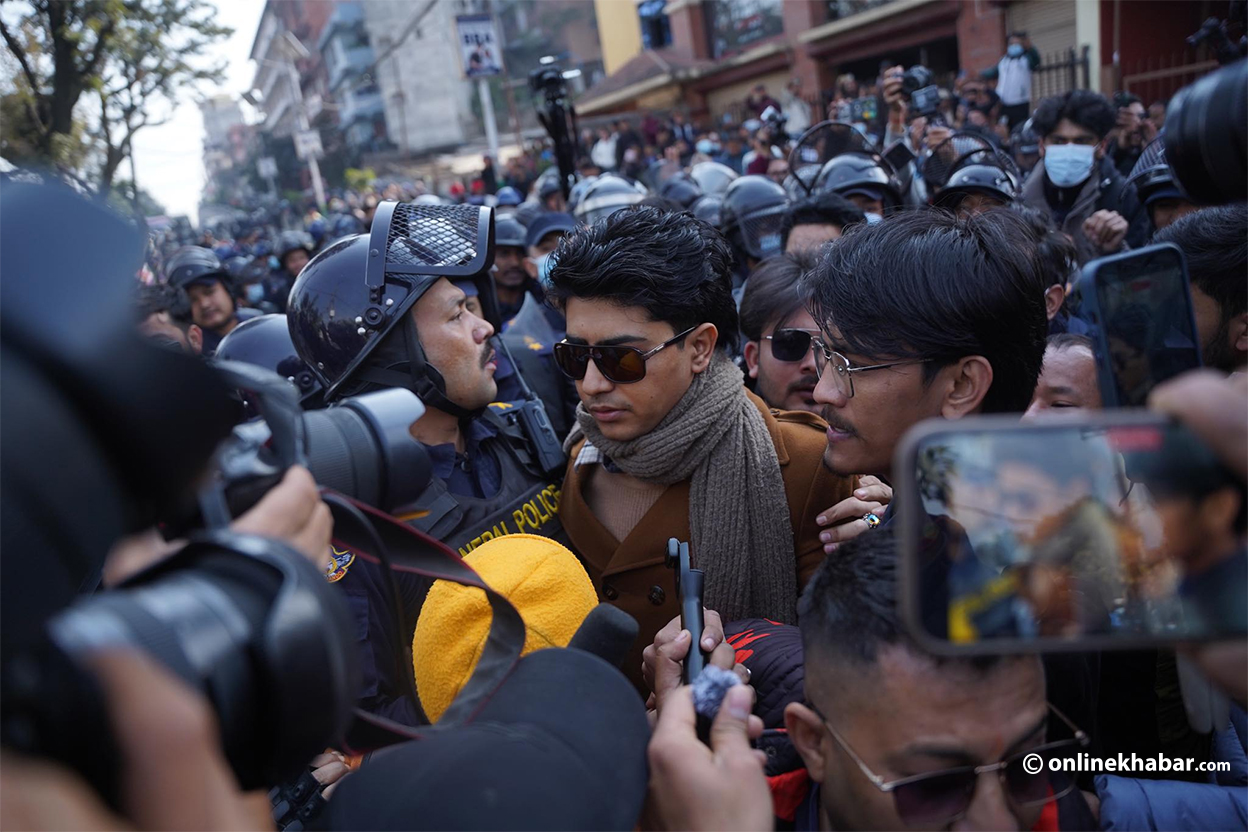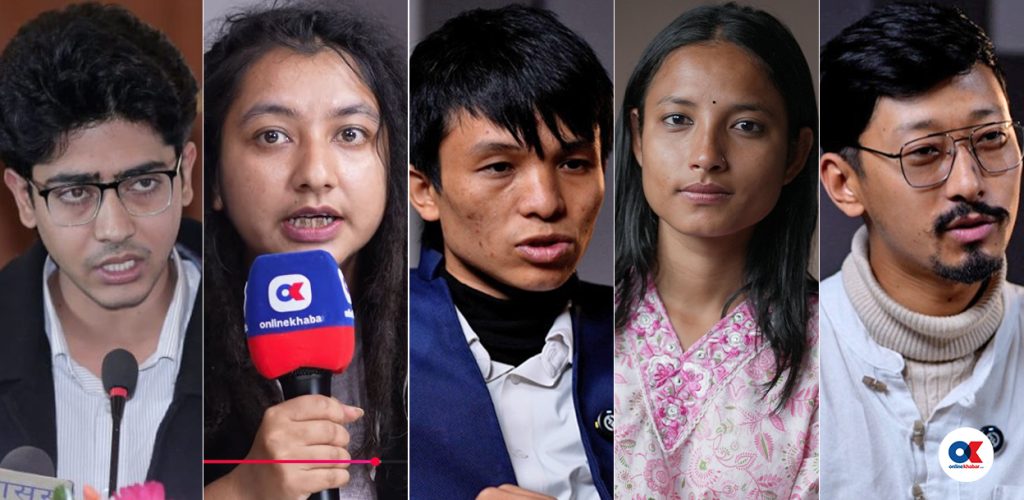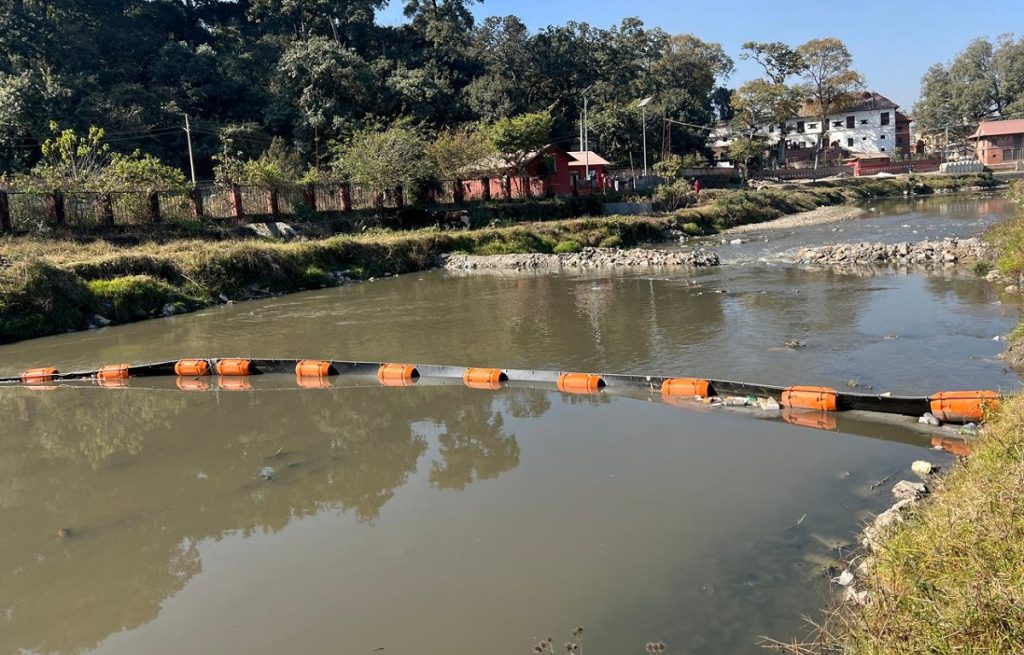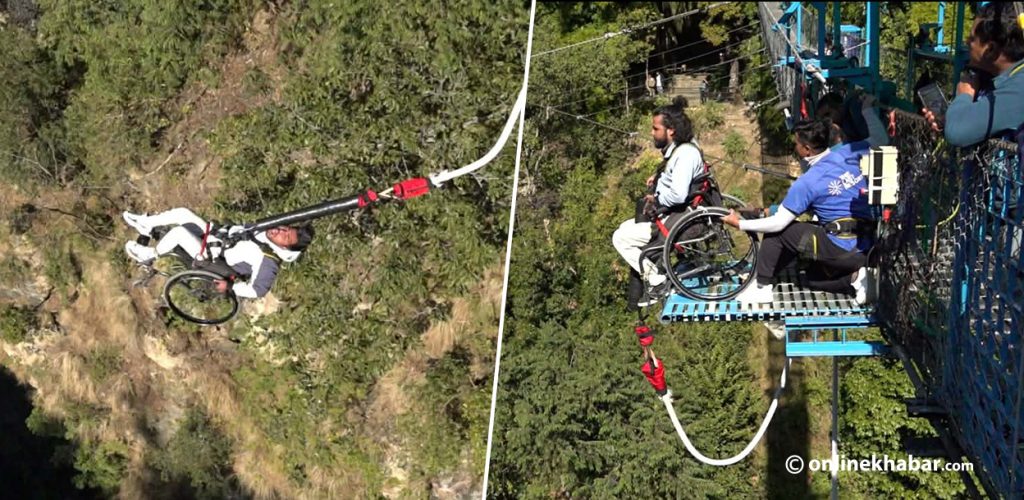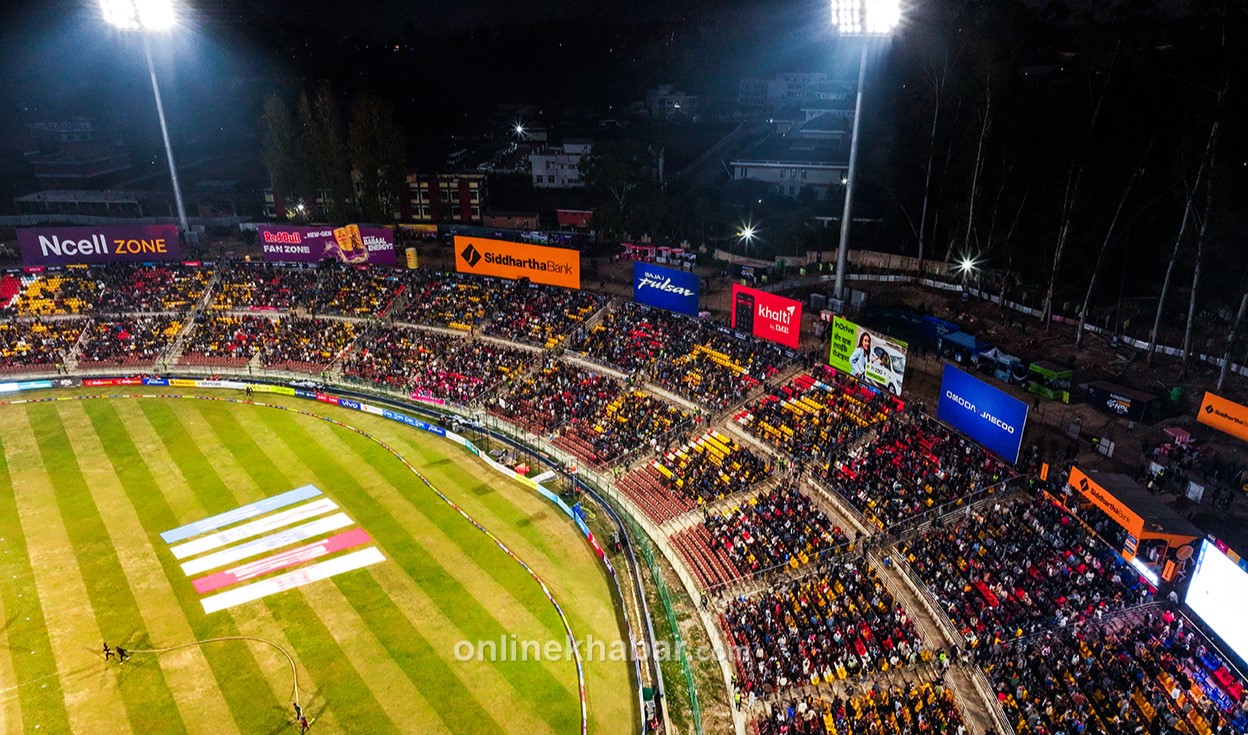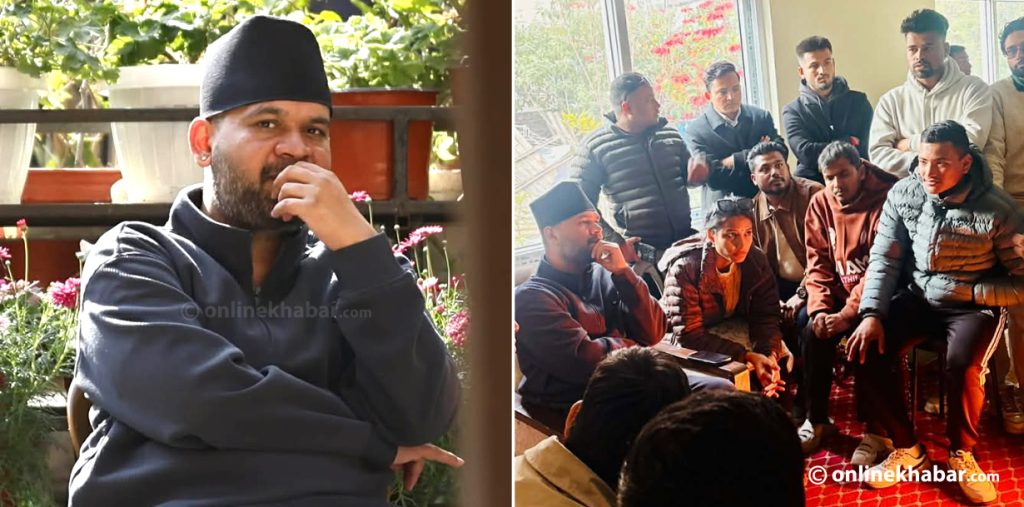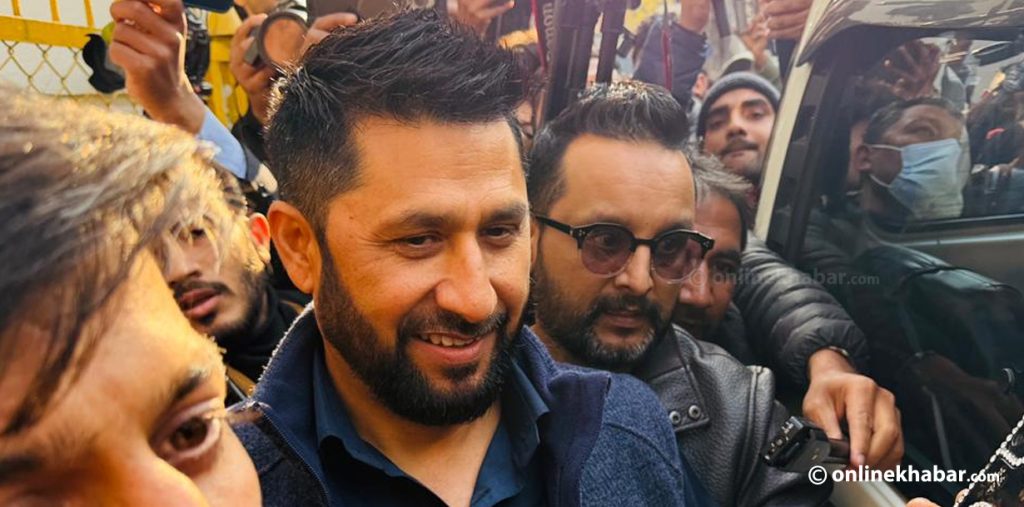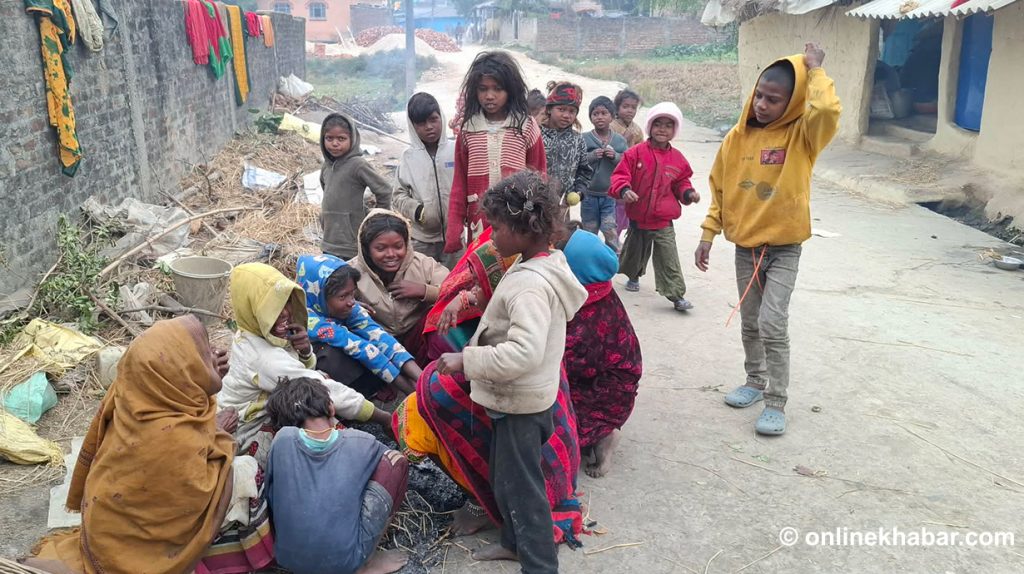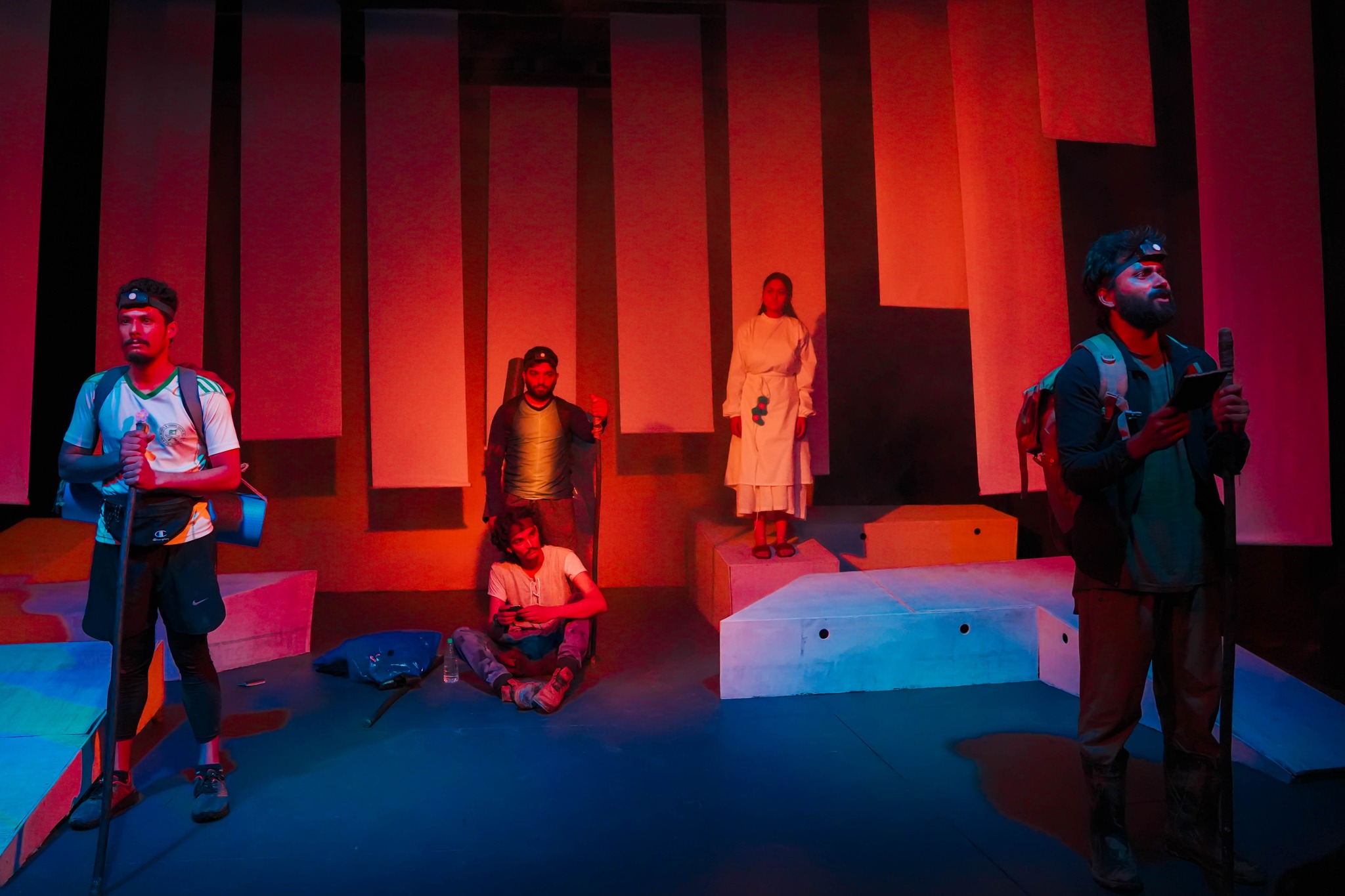
Watching Swarnadesh: The Dreamland of Milk and Graves left me shaken, stirred, and speechless. But to remain silent would be dishonest like wasting a fragrance on gold, or worse, ignoring a stench that demands investigation. So here I am, compelled to speak, driven by a restless tongue and twitching fingers.
Mandala Theatre’s Swarnadesh doesn’t just tell a story, it pulls you into it. Within minutes, you are no longer a spectator. You are trudging through the treacherous Darien Gap with the characters, feeling their hunger, thirst, and fear.
From Mandala Theatre to the Darien Gap
This play didn’t just unfold on stage it transported me. I wasn’t merely a spectator in the dimly lit theatre. I was there, wading through the deadly Darien Gap between Colombia and Panama with the characters. I felt their hunger, their thirst, their fear, and the looming shadow of death at every step.
For someone like me, who finds joy in hiking across the hills of Nepal, this was a terrifying confrontation. What is this glittering dreamland people are chasing? Why must its cost be so unbearably high; dignity, identity, even life itself?
The abuse, deception, and trauma faced by the women characters hit me especially hard. After watching the play, I felt that staying in Nepal with joy and with struggle might be the greatest fortune of all.
Presented by Yolo Entertainment in collaboration with Subhakshya, the production was elevated by powerful performances from Sujan Khatriwada, Sujyan Silwal, Santosh Giri, Bhupi Luhar, Jarniko Nik Kalmar, Sandesh Karki, Paritoshika Pant, Ujwal Bantawa Rai, Chirag Paneru, Aarti Gautam, Anil Kurmi, and Aditya Mishra. Their collective effort created an unforgettable theatrical experience. The use of multimedia effectively conveyed locations, timelines, and the circumstances depicted in the play.
Nepali theatre often leans heavily on translated plays, which can create a disconnect. The emotions don’t always match our realities. As a society, we often fake praise rather than offer honest critique—a habit that hinders artistic growth.
But Swarnadesh was different. It was original, bold, and raw. The script was strong, the direction sharp, and the acting vibrantly alive. The use of multimedia and Rukum West dialects added authenticity. Having recently visited Rukum, I felt personally touched.
The play begins before you realise
The play began abruptly; no slow build-up, no backstory. We were dropped straight into the journey. At first, it was disorienting, like arriving in a new city without a map. But this narrative jump was clever. It forced us to pay attention, to decode emotions, body language, and relationships. It was mentally demanding, but ultimately rewarding. This method pulled us deeper into the story.
Swarnadesh tells the story of illegal migration, a perilous journey through forests, rivers, and oceans in pursuit of a golden dream. But it’s not just about the journey; it’s about the internal struggles of each character. At its heart, the play is built on conflict: dream vs reality, hope vs despair, life vs death. The farther the characters travel, the more their psychological fractures are exposed.
These characters aren’t just migrants, they reflect every struggling Nepali youth. Their dialogues brim with pain, fear, and determination. We witness bonds form, break, and re-form under the harshest conditions. Even the agents often painted as one-dimensional villains are portrayed as layered individuals shaped by personal losses.
Hari and Sita: Magical realism meets migrant crisis
A standout subplot follows Hari, an ex-Nepali Army diver who, after failing to get promoted, embarks on this dangerous journey. Throughout the play, his wife Sita appears as a spectral presence visible to the audience but invisible to others. She tries to dissuade him, coaxing him to return home. Their exchanges are poetic, haunting, and surreal.
Sita symbolises memory, love, and conscience. Dressed in a white sari and red slippers, she drifts through scenes carrying their baby. In the end, when Hari dies, Sita gently dresses him with a muffler she had knitted and takes him with her, a metaphorical reunion beyond death.
This is magical realism at its best not just a plot twist, but an emotional anchor. It lifts the play from realism into the philosophical, a meditation on love, loss, and longing.
A striking scene shows characters hurling their Nepali passports to the ground in frustration. Why?
Because the state has failed them.
One by one, they voice their disillusionment with corruption, rejection, statelessness, and humiliation. The passport, a symbol of identity, belonging, and possibility becomes an object of disdain.
This is more than theatre. It’s protest. It’s a slap in the face of the political system. Throwing a passport is heavy with symbolism shattered trust, crushed hope, and broken dreams.
More than a migrant tale
Though the plot follows a linear path from Nepal to the so-called dreamland, the play weaves in circularity and symbolism. After throwing away their passports, the characters later weep at the memory of their homeland, the food, the love, a mother’s touch. This contradiction is deeply human: we hate what we love, we leave what we yearn for.
The questions raised don’t end when the curtain falls. Must our dreams cost us our lives? Can’t we dream while staying in Nepal? Is the state not responsible for creating such despair?
Sociologists and anthropologists agree Nepal faces a demographic crisis. Youth are leaving. Villages are emptying. The play doesn’t just tell one story it speaks for thousands of Haris, lost in jungles, oceans, and deserts. Who is responsible for their deaths? Is it merely poor personal choices, or systemic failure? How many more Haris must die before we wake up?
Swarnadesh speaks in questions, not answers. It turns the stage into a mirror showing us not just the characters, but ourselves. It dares us to reflect, to question, to feel. And perhaps that is the role of great theatre not simply to entertain, but to awaken.





